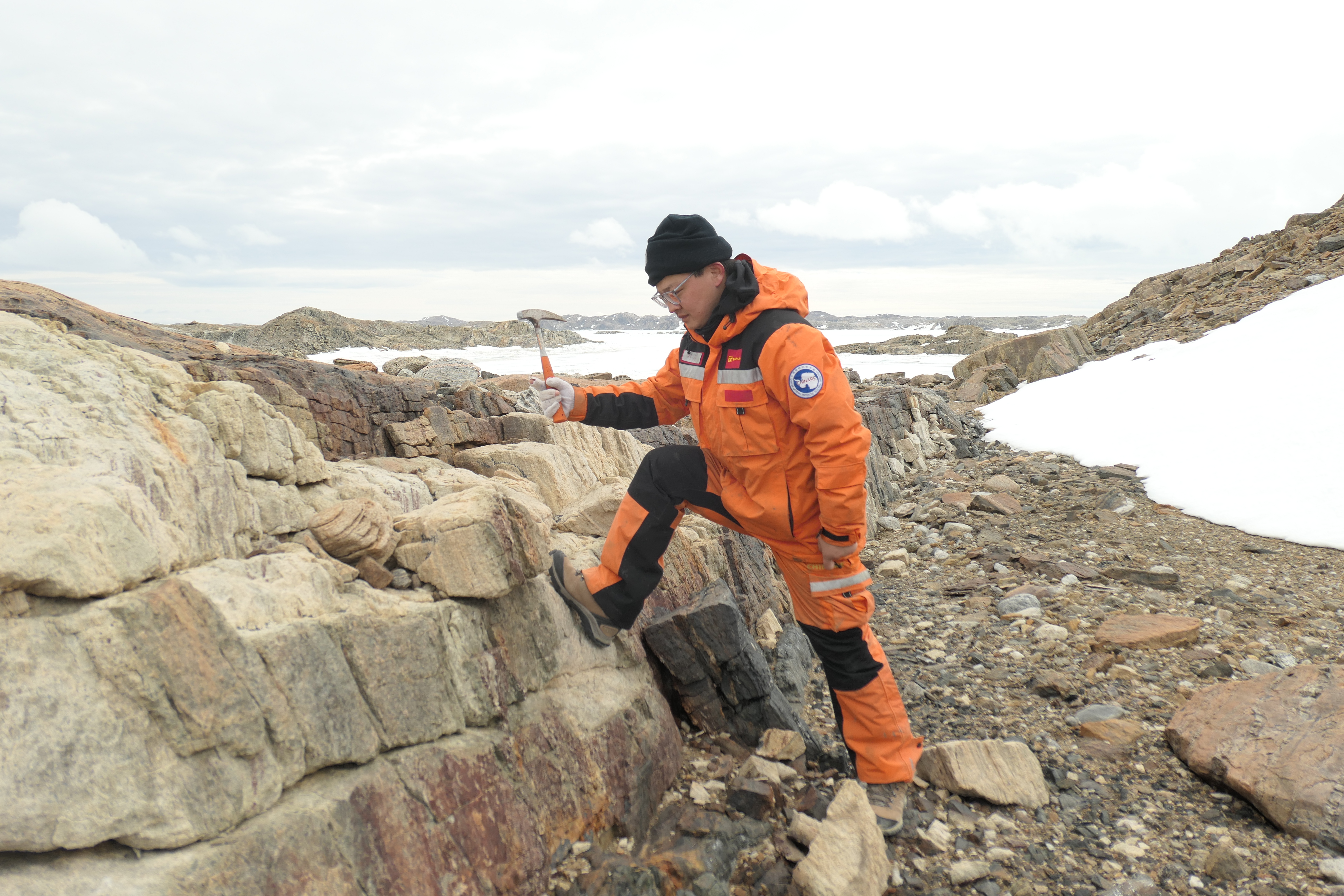It took 163 days and covered more than 60,000 nautical miles! The “Xuelong” on April 3rd, “Xuelong 2” on April 6 returned to the Shanghai domestic base pier, marking the successful completion of China’s 39th Antarctic scientific expedition, which is also China’s third implementation of the “Double Dragon Exploration”. Associate Professor Zhang Yuzhu from the School of Urban and Environmental Studies and Postdoctoral Candidate Liu Zhao from the Department of Geology of Northwest University successfully completed their respective scientific missions and returned on the Xuelong and Xuelong 2 respectively.
The 39th Chinese Antarctic Expedition mainly focused on major scientific issues such as response and feedback to global climate change in key areas of the South Ocean, and at the same time, completed the supplies and personnel rotation at the Great Wall Station and Zhongshan Station in Antarctica.
During the Antarctic scientific expedition, Zhang Yuzhu mainly collected samples of moraines and rising beach sediments endowed on Nanyan Island to carry out research on the history of glacial recession and relative sea level changes since the last ice age, which is of great scientific significance for understanding the regional environmental evolution process on Nanyan Island. Liu Zhao once participated in the 33rd Chinese Antarctic Science Expedition (2016.11-2017.4), this is his second geoscientific expedition to Antarctica. During this expedition, Liu Zhao, together with Dr. Zheng Guanggao of the Chinese Academy of Geological Sciences, camped by helicopter at the Ruhr Islands and the Westphal Hills, 90-130 km from the Zhongshan Station, to collect samples of ultra-high-temperature mafic rocks and their enclosing rocks for the study of deep melting mechanisms, metamorphic evolution history and isotopic chronology, which is important for understanding the convergence process of the Gondwana continent in the Southeast Pole.



